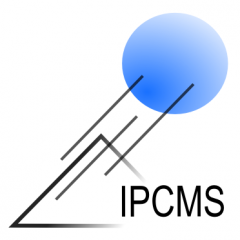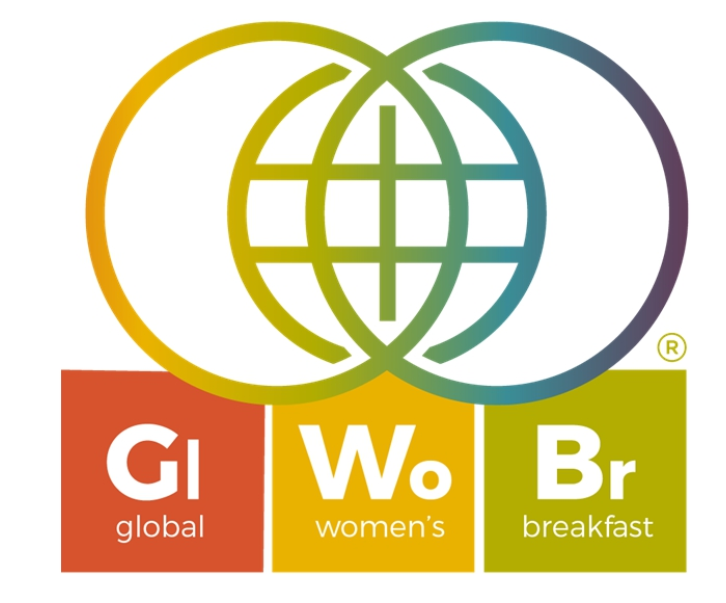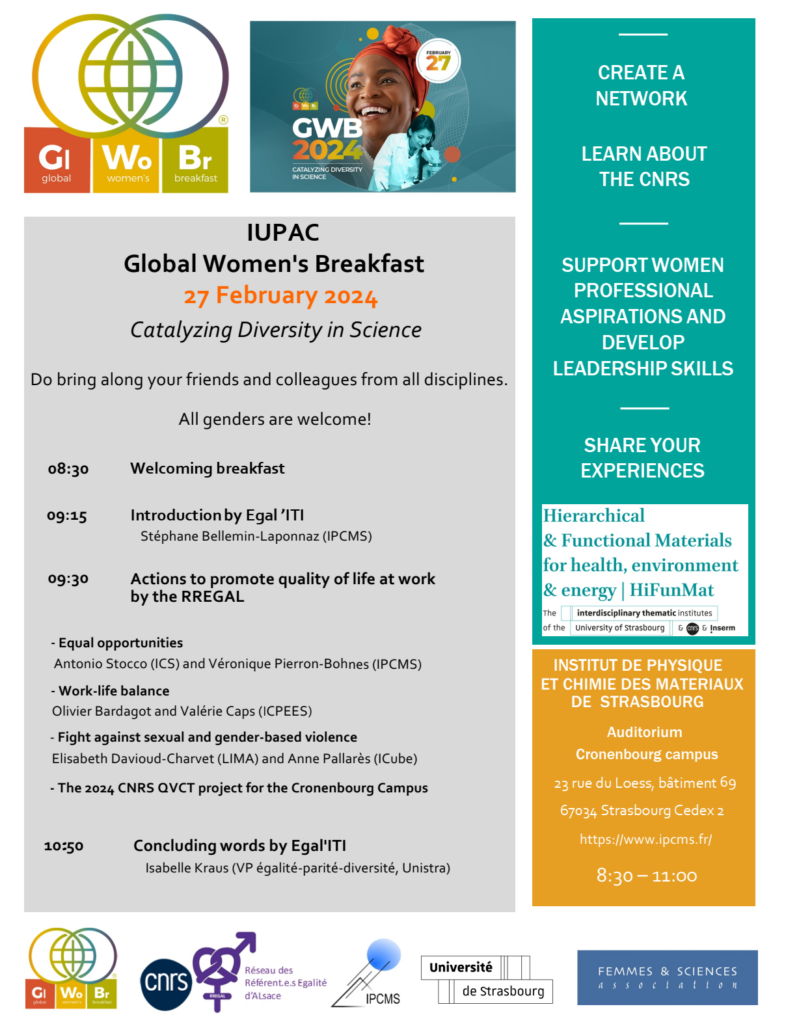
Speaker : Niels de Jonge (Bruker AXS, Karlsruhe, Germany.)
Abstract : Liquid phase electron microscopy (LP-EM) is capable of studying a wide range of sample from materials science, for example, nanoparticles, and biological samples such as proteins and cells in liquid [1]. Different experimental systems are presented, and the physics of image formation is discussed. The obtained spatial resolution is typically limited by ration damage [2], but damage mitigation by at least an order of magnitude is possible [3]. The full scale application of LP-EM for soft matter research still faces several challenges but strategies to to overcome them are emerging, so that time-resolved imaging of processes in soft-matter samples seems within reach [4].
Employing the unique capabilities of LP-EM, we studied the spatial organization of the membrane protein HER2 in cancer cells. This protein is a member of the epidermal growth factor receptors (EGFRs), and plays an important role in breast cancer aggressiveness and progression. Breast cancer cells were examined by labeling HER2 proteins with quantum dot (QD) nanoparticles for correlative fluorescence microscopy and LP-EM [5]. We discovered a small sub-population of cancer cells with a different response to a prescription drug indicating a possible relevance for studying the role of cancer cell heterogeneity in the development of drug resistance, and studied biopsie samples from patients [6].
LP-EM was also used to directly image dynamic self-assembly behavior of nanoparticles in liquid from which the interplay between nanoparticle shape, ligand shell structure, and substrate–nanoparticle interactions was studied [7].
References:
- 1. Nat Nanotechnol 6, 695 (2011).
- 2. Nat Rev Mater 4, 61 (2019).
- 3. Nano Lett 18, 7435 (2018).
- 4. Adv Mater 32, 2001582 (2020).
- 5. Sci Adv 1, e1500165 (2015).
- 6. Mol Med 25, 42 (2019).
- 7. Adv Mater 34, 2109093 (2022).
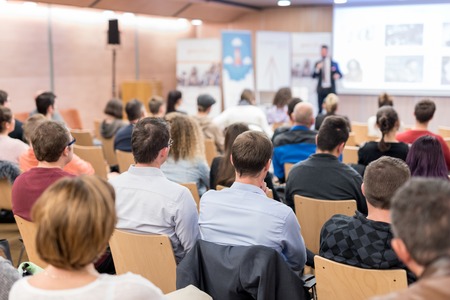
Katja HEINZE (Department of Chemistry, Johannes Gutenberg University)
Abstract

The goal of this workshop is to gather the French community working in the broad field of magnonics (i.e. physics and technologies of spin waves). This workshop will also serve as a scientific kick-off of the project SWING, whose focus is on applied magnonics, and which is part of the recently funded program PEPR Spin.
Please find extra information (schedule, registration submission) at https://swing-workshop1.sciencesconf.org/

Speaker : Olivier MAURY, Laboratoire de Chimie de l’ENS Lyon, 07
Read the abstract

Speaker : Xavier WAINTAL (CEA Grenoble)

Speaker : Amalio FERNÁNDEZ-PACHECO (Institute of Applied Physics, Vienna, Austria)
Abstract

Program
For your information,
- this day is open to all,
- participants will be asked to vote for the best logo for the MET platform.
We hope to see many of you there!
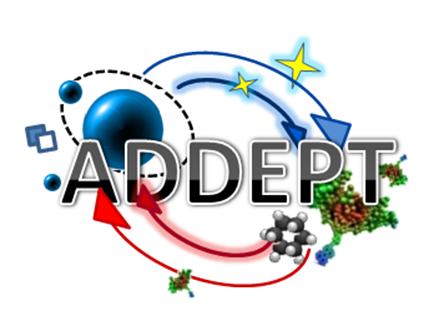
The ADDEPT will organize a meeting where all postdocs of the lab are invited to share their “final push” experiences as former 3rd year PhD, tell about what they did wrong, what to be careful at, what they would do differently, useful tips, to the actual 3rd year PhD students of the lab (2nd year are also welcome). It will take the form of a 2hours (at most) free, respectful and kind discussion.
This meeting will take place on Wednesday 21st February, from 4p.m. to 6p.m., at the IPCMS cafeteria.

Dr. Laurence CROGUENNEC (Institut de Chimie de la Matière Condensée de Bordeaux)
Directrice de recherche CNRS, directrice adjointe de l’ICMCB
Abstract :
Known from all chemists for decades, the sodium-ion battery technology was dethroned in the 1980s by the lithium-ion battery that offered better performance. The major interest of sodium is to be a sustainable resource in comparison to lithium. The technology is thus back on the scene as an ecological, economical and reliable alternative to the lithium-ion battery. I will present the challenges of this research field, and highlight some of our results. I will show how we were able to (i) discover a new family of NASICON structural type materials NaxV2(PO4)3, and (ii) demonstrate how the chemistry of mixed anions and in particular the competition between the ionic bond V-F and the very covalent vanadyle-type bond V=O has an impact on the properties of Na3V2(PO4)2F3-yOy. I will demonstrate that only the in-depth control of the relationship synthesis/composition/atomic and electronic structure allows to tune the properties in the battery. I will illustrate also that monitoring in situ and operando, especially at large scale facilities, the synthesis of electrode materials and their evolution when used in batteries is essential. Changes in the composition and structure of the materials must be studied in their environment (in situ), and in real time (operando) during their preparation or operation of the battery because they are most often in conditions out of equilibrium. The experiments thus conducted allow to study the dynamics of reactions, essential for the understanding of the material and optimization of its performance in the electrochemical storage system.
